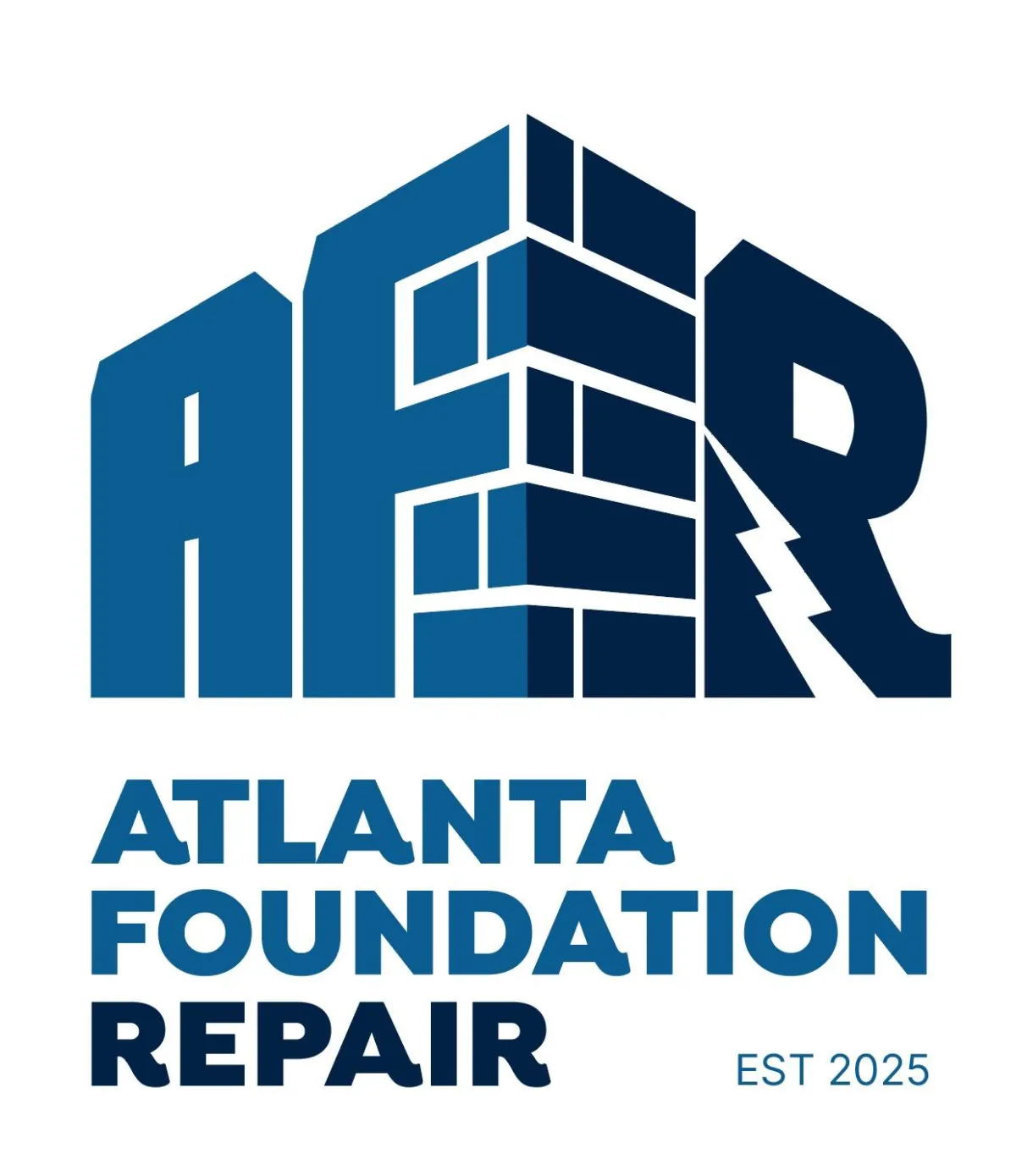Atlanta, GA
Bowing Walls in Atlanta, GA
What Are Bowing Walls and Why They Happen
Bowing walls are foundation walls that curve or lean inward instead of remaining straight and plumb. This usually occurs in basements or below-grade portions of the home where soil and water push from the outside. Over time, that constant lateral pressure causes the wall to deform, weakening its ability to support the structure above. The change is often gradual, so many homeowners don’t notice it until cracks or visible curvature appear.
What Drives Walls to Bow
The forces that cause bowing walls come almost entirely from outside the home. When soil holds more water than it can handle or wasn’t properly compacted, it expands or shifts and presses against the wall. Seasonal changes, construction practices, and added loads near the foundation can make this pressure even stronger.

Expansive Clay Soils
Expansive clays swell dramatically when they absorb water and then shrink when they dry out. This constant cycle of expansion and contraction creates powerful side pressure on the foundation walls, gradually pushing them inward.

Hydrostatic Pressure
When water builds up in the soil around the foundation, it creates hydrostatic pressure—essentially a constant push of water against the wall. This often happens where drainage is poor or where the water table is high, and it’s one of the most common reasons walls begin to bow.

Frost Heave and Seasonal Changes
In colder climates, moisture in the soil can freeze and expand. This frost heave shifts the soil and increases the lateral forces on the wall. Even after thawing, the soil may not return to its original position, leaving the wall under ongoing stress.

Poor Grading and Surface Drainage
If the ground slopes toward the house instead of away, or downspouts and gutters dump water near the foundation, the soil becomes saturated. The added water weight increases outward pressure and speeds up wall movement.

Backfilling with Loose or Poorly Compacted Soil
During construction, if the soil around the foundation is backfilled too quickly or without proper compaction, it settles unevenly and can exert inconsistent but strong pressure on the wall.

Heavy Loads Close to the Foundation
Driveways, patios, retaining walls, or additions built right up against the foundation add weight to the soil mass. That extra load increases the force transferred to the wall, especially when the soil is wet.
Signs You May Have Bowing Walls
Bowing walls rarely stay hidden forever. As pressure builds, they leave behind multiple visual and structural clues:
Horizontal cracks running along the middle of the wall
Stair-step cracks in block or brick along mortar joints
Sections of the wall visibly bulging inward when viewed from the side
Walls that lean inward from top or bottom rather than standing straight
Cracks that are wider at one end than the other
Gaps forming where the wall meets the floor or ceiling
Basement windows that look compressed or distorted within their frames
Window glass or frames cracking without impact
Doors above the basement becoming hard to open, close, or latch
Interior drywall cracks forming above or near basement walls
New water seepage or damp spots appearing along cracked areas
Our Services
Helpful Links
Contact Information
Phone:
Business Hours:
Mon - Fri: 8:00 am - 5:00 pm
Sat - Sun : Closed
service areas
© 2025 All Rights Reserved | Atlanta Foundation Repair
